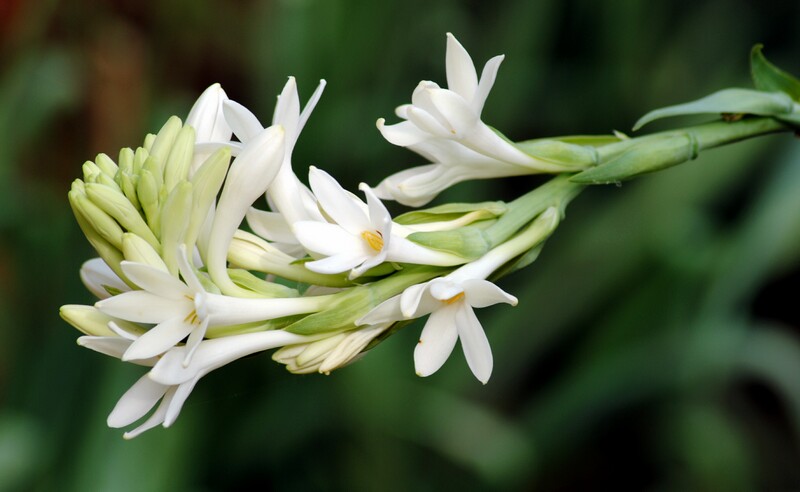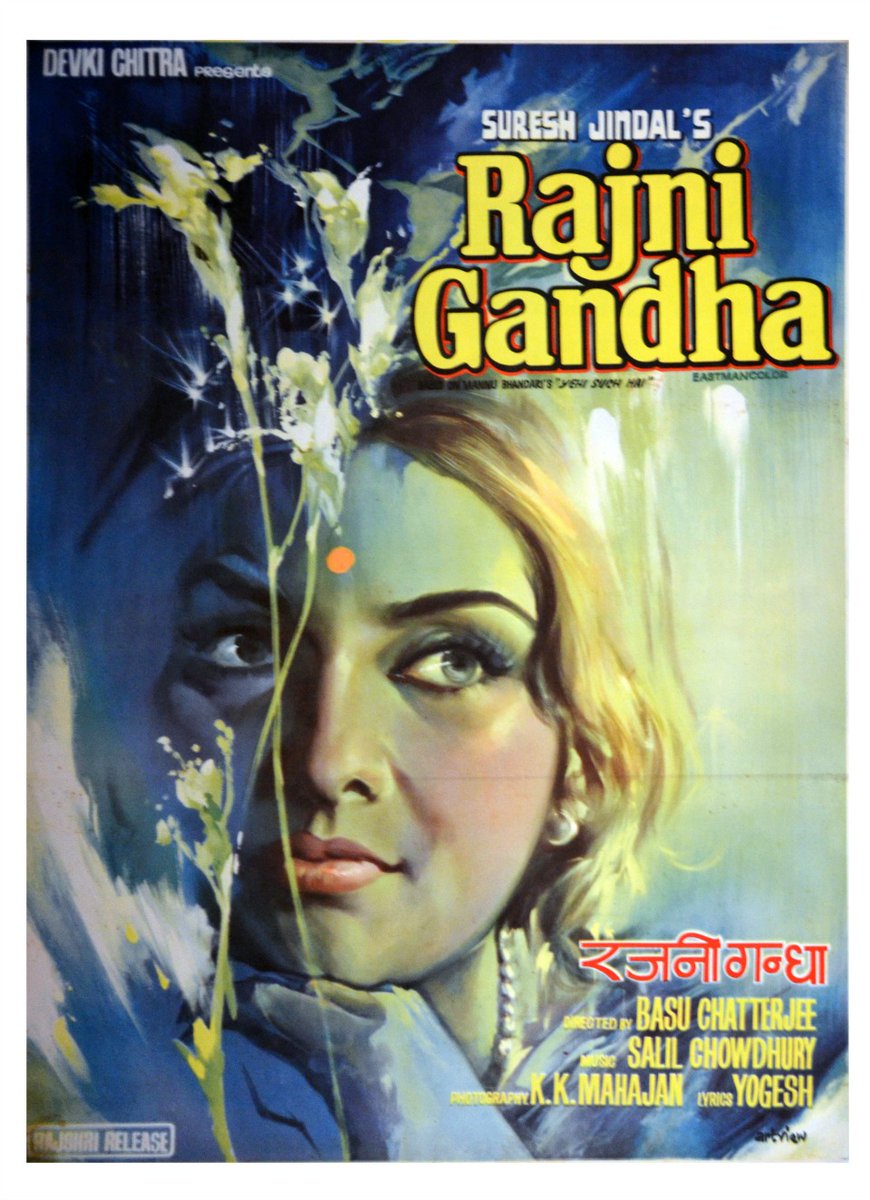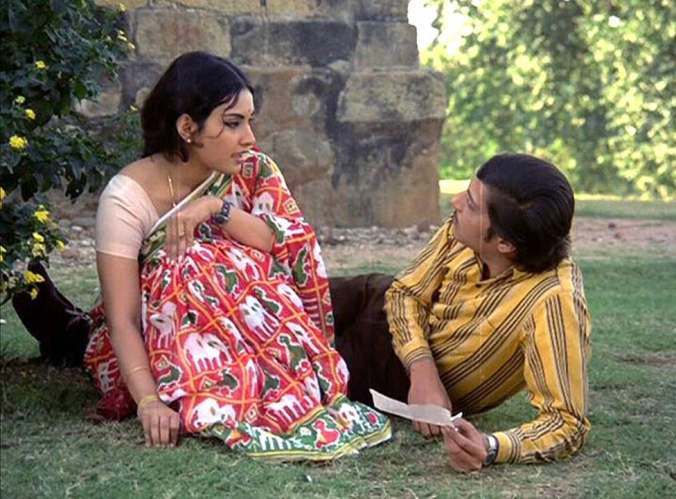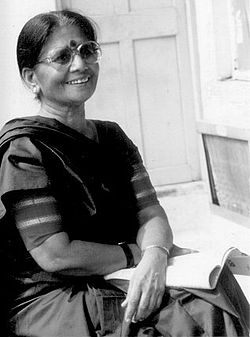Story of a flower - Rajanīgandhā (= Tuberose)
Rajanīgandhā रजनीगंधा (night scented flower i.e Agave amica, formerly Polianthes tuberosa) is a flower having its origin in Central America.
Rajanīgandhā रजनीगंधा (night scented flower i.e Agave amica, formerly Polianthes tuberosa) is a flower having its origin in Central America.
In India, this white flower is also known as gul-e-shabbo (flower of night), sungandharāja (king of fragrance, Kannada), Gul Cheri, Nelasampenga (Telugu) etc. It was introduced to the East Indies (SE Asia) by the Spanish during early 16th century & eventually from there to India
and Europe. In Mexican spanish it is known as Nardo. In Hindi literature, from Jaishankar Prasad to Nagarjuna, Rajanīgandhā रजनीगंधा has remained a recurrent object to evoke meanings of beauty, eroticism, sensuality, and advent of night.
In 1970s famous director Basu Chatterjee made a memorable film Rajanigandha (1974) on a story यही सच है Yahi Sac hai written by acclaimed Hindi writer Mannu Bhandari.
Perhaps this is due to the sweet smell emitted by Rajanīgandhā flowers. It possesses a very strong odour whose aphrodisiac properties are believed to be very active after sunset. The flower's aphrodisiac effect is due to it's erogenous smell imitating human body sweat.
No wonder that the flowers of Tuberose are often used to decorate beds for the newly wedded in the Indian subcontinent, and often shown as a prop in depicting सुहाग-रात suhāg-rāt (wedding night) in Hindi films.

 Read on Twitter
Read on Twitter







